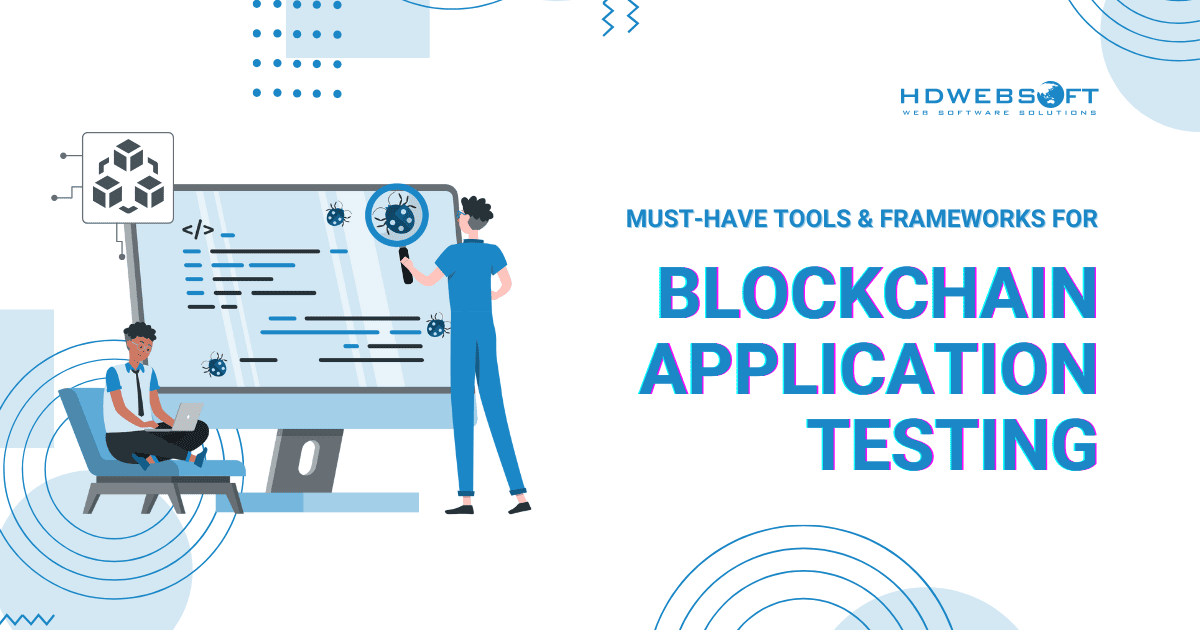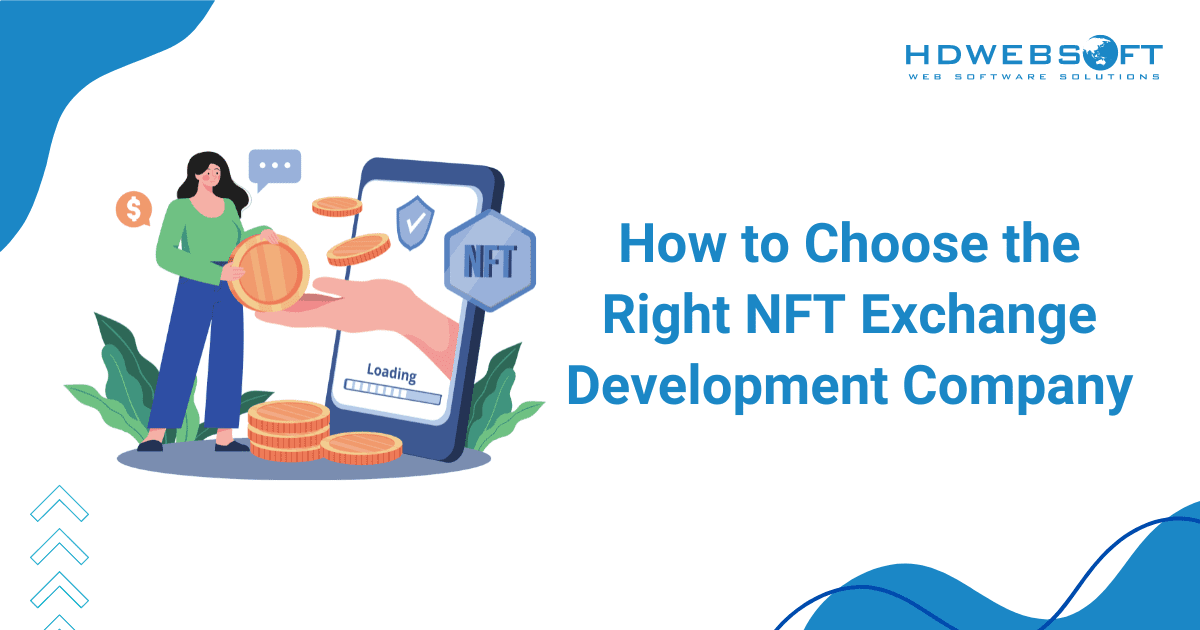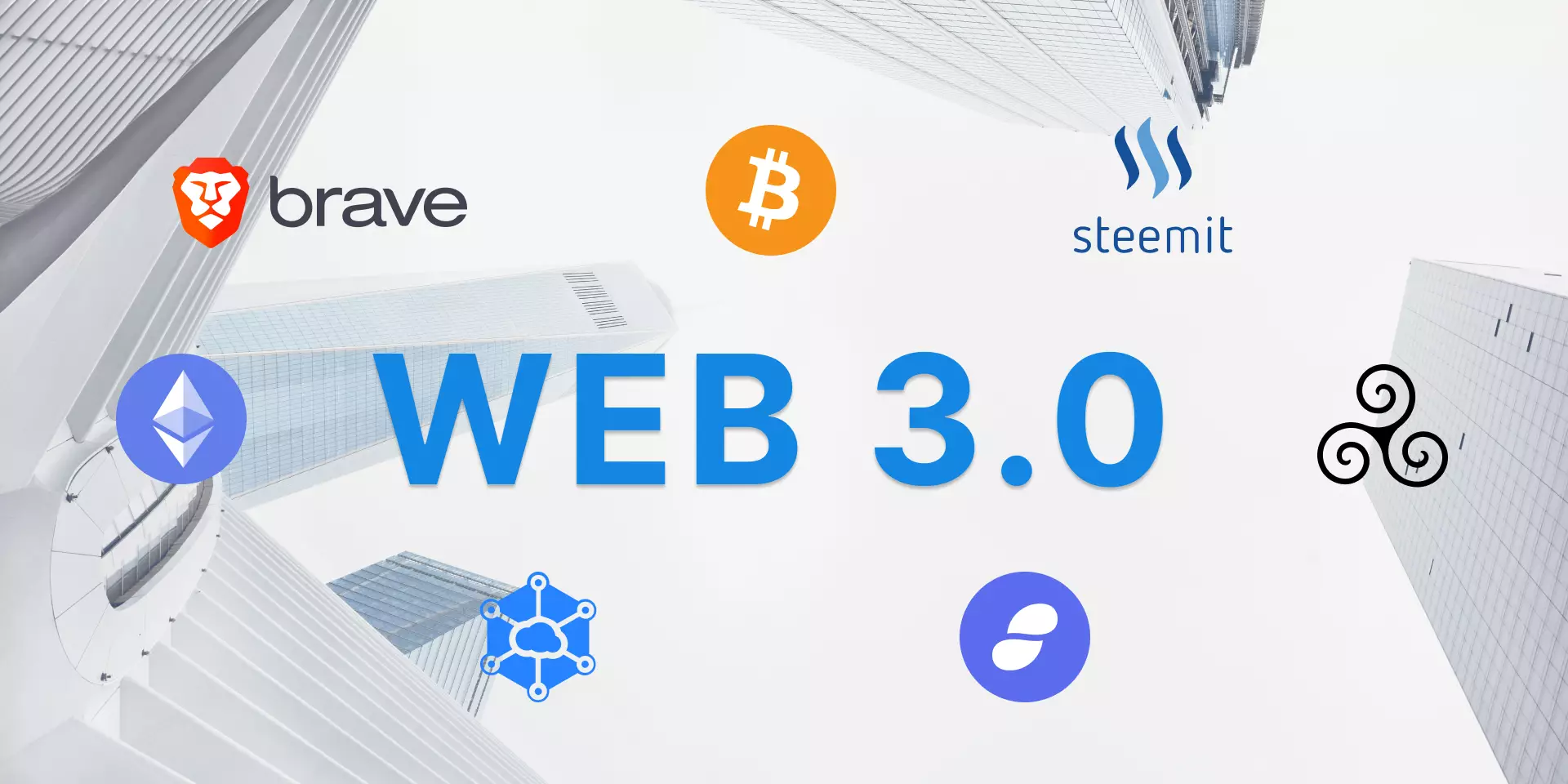
Must-Have Tools and Frameworks for Blockchain Application Testing
Blockchain application testing is an essential step in ensuring the reliability, security, and performance of decentralized systems. As blockchain adoption continues to rise across industries, testing has become more critical than ever. Blockchain systems come with their own complexities, all of which demand a more rigorous and specialized testing approach.
In this blog, we’ll explore why blockchain software testing matters and how it differs from conventional software testing. You’ll discover the key tools and frameworks used by developers to test smart contracts and blockchain-based systems effectively. Finally, we’ll walk through best practices and the unique challenges that blockchain introduces.
Why Blockchain Application Testing Matters
Unlike traditional software, blockchain-based applications operate in an immutable environment. Once deployed, the code cannot be altered. This characteristic alone makes thorough testing not just important but absolutely essential.
The Irreversibility Factor
In traditional software development, bugs and misconfigurations can often be patched after deployment. However, blockchain operates differently. Once smart contracts are deployed to a blockchain network, they are immutable, meaning they cannot be altered.
Thus, this makes blockchain application testing a critical phase in the development lifecycle. A single unchecked vulnerability can result in permanent loss of funds or exploited loopholes, as seen in many high-profile breaches.
High Stakes and Real-World Value
Blockchain applications frequently handle assets with real financial value, such as cryptocurrencies, NFTs, or digital identities. Errors in logic, transaction flows, or access control can lead to massive security incidents or loss of user trust. That’s why thorough blockchain software testing ensures that the code behaves exactly as expected, even under edge cases and adversarial conditions.
Complex Interactions and Distributed Systems
Unlike centralized apps, blockchain systems comprise multiple interacting components, including smart contracts, consensus algorithms, and off-chain interfaces. These components must work in harmony, even across unpredictable network conditions. Hence, without proper testing, developers risk releasing software that functions in isolation but fails in integrated environments.
Regulatory and Compliance Pressure
As governments and regulators begin to focus more on Web3 technologies, compliance requirements are tightening. Proper blockchain application testing ensures that applications meet regulatory standards for security, privacy, and reliability across all industries. This can be particularly important for DeFi platforms, digital insurance, and enterprise blockchain solutions.
Trust and Adoption
Ultimately, trust is the currency of blockchain. Users will not adopt applications they don’t trust. A well-tested blockchain, especially fintech apps, not only protects users but also signals professionalism and responsibility.
In an open ecosystem where code is transparent, blockchain software testing serves as both a quality control measure and a trust-building tool. This is particularly true in highly regulated sectors like BFSI, where blockchain is reshaping how transactions, identity, and risk are managed.
Popular Tools and Frameworks
When it comes to testing blockchain apps, selecting the right tools is essential for ensuring code correctness and security. The blockchain development ecosystem offers a rich variety of testing tools, each suited to different stages of the testing pipeline.
Blockchain Development and Testing Tools
Hardhat
This is one of the most widely used development environments for Ethereum-based smart contracts. It allows developers to write, compile, deploy, and test contracts using JavaScript or TypeScript.
What makes Hardhat especially valuable in blockchain application testing is its built-in local Ethereum network. This enables fast, deterministic testing without the need for external infrastructure. Additionally, Hardhat supports forking the state of mainnet or testnets, enabling developers to safely simulate real-world conditions.
Key features:
- Local in-memory blockchain for instant testing
- Stack traces and error messages tailored for smart contracts
- Seamless integration with testing libraries like Mocha and Chai
- Plugins for Ethers.js, Waffle, and Solidity coverage
Truffle
Another staple in the Ethereum ecosystem, Truffle provides a full development suite that includes compilation, migration, and testing tools. It works well for teams looking to manage the entire lifecycle of their smart contracts in one environment.
The tool supports automated testing with Mocha and Chai and is compatible with Ganache. It is a personal blockchain used for rapid blockchain application testing during development. We’ll talk about it in detail later.
Core features:
- Contract abstraction with web3.js integration
- Automated migration scripts
- Built-in testing suite with JavaScript support
- Strong community and documentation
Foundry
The next tool is Foundry, a fast, Rust-based smart contract testing framework that’s gaining popularity among Solidity developers who want speed and low-level control.
It’s worth noting that the framework uses Forge for testing and Cast for interacting with Ethereum nodes. Furthermore, Foundry enables developers to write tests directly in Solidity, which reduces abstraction and increases precision.
Why it matters in blockchain application testing:
- Native Solidity testing increases accuracy and confidence
- Fast test execution due to optimized Rust architecture
- Great for advanced users and large-scale testing suites
Brownie
For Python developers, Brownie is a powerful testing framework built on top of the Ethereum Virtual Machine (EVM). It leverages Pytest for writing unit and integration tests, making it ideal for developers comfortable in the Python ecosystem.
Notably, Brownie integrates tightly with Ganache and supports scripts, deployments, and real-time logging. It’s a solid choice for those prioritizing flexibility and scripting power in blockchain software testing.
Highlights:
- Full Python-based development and testing framework
- Supports mainnet forking for advanced test cases
- Excellent documentation and debugging tools
Ganache
Last but not least, Ganache is a personal Ethereum blockchain used for testing smart contracts locally. Available both as a CLI tool and a GUI app, it enables developers to simulate transactions, inspect logs, and debug failures in real-time.
While not a full testing framework on its own, Ganache plays a critical role in blockchain application testing. Specifically, it provides a fast, safe environment for iterative development.
Security Testing Tools
Security vulnerabilities in smart contracts can be catastrophic. These tools are designed specifically for blockchain software testing with a focus on detecting security issues early:
- Slither: Static analysis for Solidity contracts.
- MythX: Deep symbolic analysis and vulnerability scanning.
- Echidna: Fuzz testing with property-based verification.
- Oyente: One of the first security analyzers for Ethereum.
In all, using these tools ensures that your code is not only functional but also resistant to common exploits.
Further reading: Top 5 Cybersecurity Tools for Small Businesses.
Smart Contract Testing Libraries
In addition to full frameworks, there are dedicated libraries that assist in writing cleaner, more maintainable smart contract tests:
- Waffle: A testing library for Ethereum, designed to work seamlessly with Hardhat. It offers concise test syntax and great matchers for Solidity contracts.
- OpenZeppelin Test Helpers: Pre-built functions for handling common test patterns like time manipulation, revert messages, and more.
- Chai + Mocha: Often used with Hardhat and Truffle to define and execute JavaScript-based tests for smart contracts.
These libraries simplify blockchain application testing by abstracting complex behavior and making test code easier to read and maintain.
Testnets and Simulators
Running tests on public testnets like Goerli, Sepolia, and Fuji (Avalanche) helps developers validate their smart contracts in real-world conditions. These testnets provide near-mainnet environments without the risk of using real funds.
Moreover, platforms like Tenderly go a step further, offering advanced transaction simulation and debugging tools. Developers can preview outcomes, monitor gas usage, and even simulate contract calls with different parameters.
CI/CD and Coverage Tools
To maintain code quality over time, integrating blockchain software testing into your CI/CD pipeline is essential:
- Solidity Coverage: Generates coverage reports for Solidity contracts, showing which parts of your code are tested.
- GitHub Actions + Hardhat: Enables automated testing on pull requests and deployments.
- OpenZeppelin Defender: Not strictly a testing tool, but it offers valuable services for secure contract administration and monitoring in production.
In essence, these tools help teams identify regressions, maintain code quality, and deploy with confidence.
Unique Challenges to Blockchain App Testing
The nature of blockchain systems is decentralized, immutable, and financially impactful. Therefore, developers must navigate constraints and risks that rarely exist in traditional environments.
Immutability
One of the defining characteristics of blockchain is immutability. Once a smart contract is deployed to the blockchain, it cannot be modified. This makes blockchain application testing absolutely critical since bugs that slip through the cracks can become permanent liabilities.
Unlike web or mobile apps, you can’t simply roll out a patch or hotfix. Even small mistakes in logic or syntax can result in significant financial losses or locked assets.
Cost of Deployment
Testing on-chain isn’t free. Every interaction on a blockchain network costs gas, which can fluctuate based on network congestion. Developers need to be strategic, minimizing unnecessary deployments while maximizing test coverage.
This is why using tools like Ganache or public testnets is essential to simulate transactions without incurring real costs. Moreover, slow block times can delay feedback during test cycles, making efficiency a key concern.
Decentralization
In a decentralized network, data isn’t stored or processed on a single server. Instead, it’s replicated and validated across multiple nodes. Each transaction must pass a consensus mechanism, whether it’s Proof of Work, Proof of Stake, or another model.
Consequently, this introduces challenges such as network delays, node desynchronization, and consensus failures. All of which must be accounted for during blockchain application testing.
Security Risks and Potential for Exploits
Perhaps the most sensitive challenge in blockchain software testing calls for security. Because smart contracts often manage high-value assets, they are a prime target for attacks. Common vulnerabilities include reentrancy attacks, integer overflows, and unauthorized access to critical functions.
Unlike conventional applications, exploiting a smart contract often requires no user interaction. It’s just one malicious transaction. Therefore, rigorous security testing using tools is essential.
State Dependencies and Non-Determinism
Smart contracts frequently rely on on-chain state, which changes with every block. This creates complex state dependencies that can lead to non-deterministic behavior during tests.
For instance, a function might work correctly in one state but fail entirely in another. This is due to gas constraints or external contract interactions. Thus, blockchain application testing must cover various state transitions and edge cases to ensure predictable behavior under different conditions.
Best Practices for Blockchain Application Testing
- Start with comprehensive unit tests. Begin by testing individual smart contract functions in isolation. This helps catch logic errors early and simplifies debugging before integrating with other components.
- Use testnets for realistic environment testing. Deploy contracts to public testnets to simulate real-world blockchain conditions without spending real tokens.
- Implement automated testing and CI/CD pipelines. In order to streamline your workflow, integrate tools like GitHub Actions or Hardhat into your development process. This way, tests run automatically with each code change, ensuring consistency and reducing manual effort.
- Incorporate security audits as a core testing phase. Don’t treat security as optional. Make sure to use the tools we suggested alongside manual code reviews to identify vulnerabilities before mainnet deployment.
- Use mock contracts and simulated environments. For efficient and cost-effective testing, leverage tools like Ganache or Hardhat Network to simulate complex behaviors and control blockchain state. As a result, you can create predictable test conditions without incurring gas fees.
Conclusion
As blockchain technology continues to evolve, so too must our approach to building and securing decentralized applications. Blockchain application testing is no longer optional. It’s a foundational step in ensuring smart contracts and dApps perform reliably, securely, and as intended. By investing in comprehensive testing strategies early, developers can avoid costly errors, protect user assets, and build greater trust in their applications.
At HDWESOFT, we specialize in blockchain development backed by a robust and systematic testing process. Our team ensures every smart contract and blockchain application we deliver is thoroughly validated using industry-leading frameworks and security practices. Beyond blockchain, we also offer full-spectrum software testing services to meet the needs of startups and enterprises alike. Contact us for a free consultation.
















